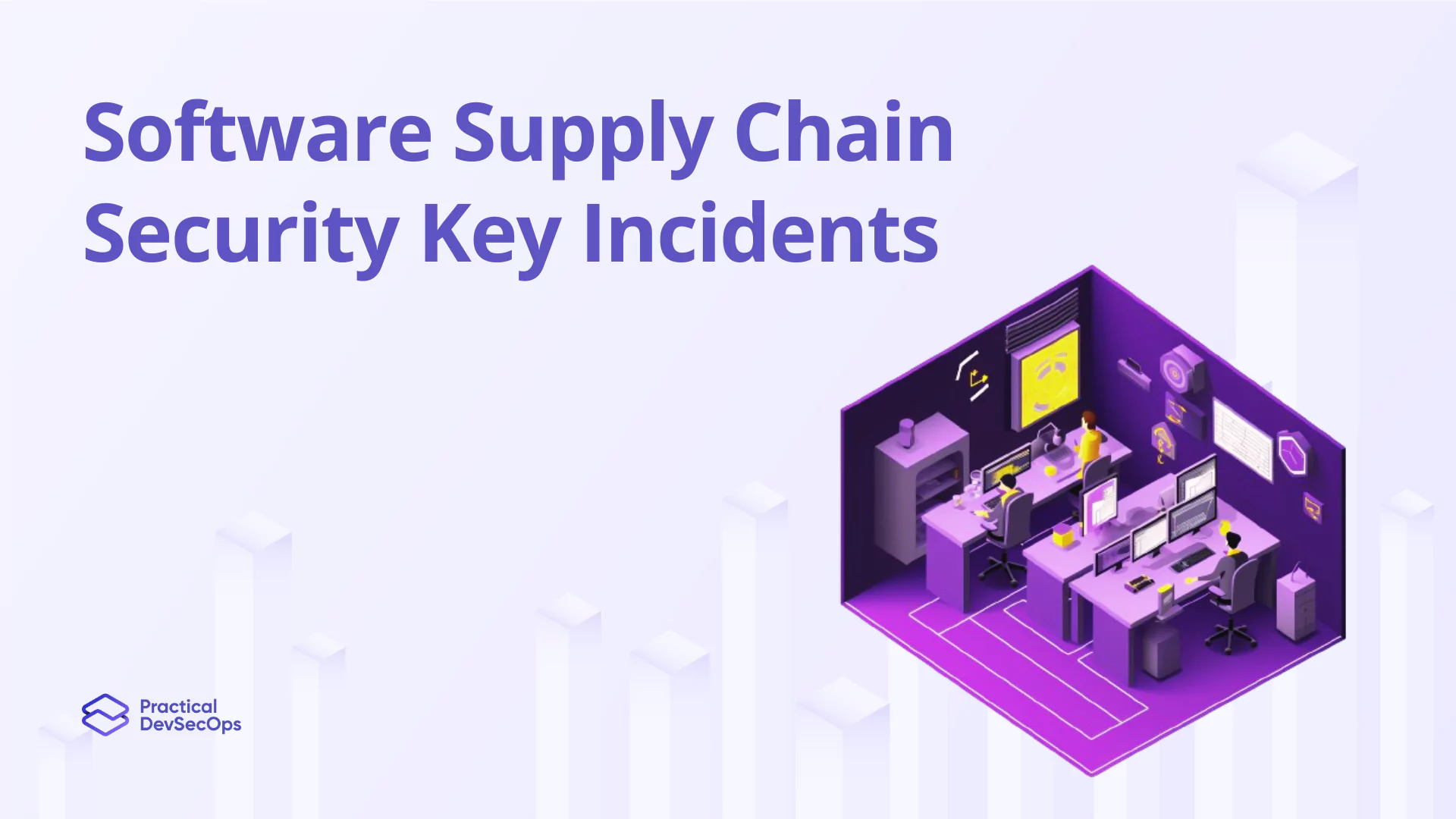In the realm of cybersecurity, understanding and mitigating potential threats is crucial to safeguarding sensitive data and systems. Threat modeling offers a structured approach to identify, assess, and manage these risks. In this article, we will dive into the threat modeling life cycle and explore each stage in a simple and practical manner.
What is Threat Modeling?
Threat modeling harnesses the power of proactive thinking in cybersecurity. It involves a systematic evaluation of potential threats, vulnerabilities, and their potential impacts on an organization’s assets. By following a structured approach, organizations can identify and prioritize security countermeasures effectively.
The Threat Modeling Life Cycle
1. Identify the Scope
Define the boundaries and goals of the threat modeling exercise. Determine the system, application, or process to be analyzed.
2. Gather Information
Collect essential information about the system being analyzed, such as architecture diagrams, design documents, and relevant documentation. Conduct interviews with stakeholders to gain a comprehensive understanding.
Also Read, How to Improve Your Analytics Thinking in Threat Modeling
3. Create a Data Flow Diagram
Develop a visual representation of how data flows through the system. Identify entry points, exit points, and the paths data takes between different components.
Also Read, Threat Modeling Data Flow Diagrams
4. Identify Threats
Brainstorm and identify potential threats that the system may face. Consider common threats such as unauthorized access, data breaches, denial-of-service attacks, and more.
Also Read, Best Way To Do Threat Modeling
5. Evaluate Vulnerabilities
Analyze the system and identify vulnerabilities that could be exploited by the identified threats. Consider issues like weak authentication mechanisms, insecure data storage, lack of encryption, and others.
Also Read, Threat Modeling vs Penetration Testing
6. Assign Risk Rankings
Prioritize the identified threats and vulnerabilities based on their potential impact and likelihood of occurrence. Assign risk rankings to better understand which risks require immediate attention.
Also Read, Types of Threat Modeling Methodology
7. Develop Mitigation Strategies
Devise strategies to mitigate the identified risks. This may involve implementing security controls, redesigning architecture, or implementing secure coding practices.
8. Review and Update
Regularly review and update the threat model as the system evolves. Keep track of new threat vectors, vulnerabilities, and changes in the system architecture.
Real-World Example
To illustrate the threat modeling life cycle, let’s consider an e-commerce website. The threat modeling process would involve:
- Identifying the scope as the e-commerce website and associated back-end systems.
- Gathering information about the website’s architecture, the flow of sensitive data, and interacting with stakeholders such as developers, system administrators, and business owners.
- Creating a data flow diagram to understand how user data flows from the website to the various systems involved.
- Identifying potential threats, such as cross-site scripting attacks, SQL injection, or session hijacking.
- Evaluating vulnerabilities like weak input validation, inadequate authentication mechanisms, and insecure data storage.
- Ranking risks based on their potential impact and likelihood, focusing on high-risk vulnerabilities first.
- Developing mitigation strategies such as implementing input validation, using encryption, following secure coding practices, and conducting regular security testing.
- Reviewing and updating the threat model periodically as the website undergoes changes and as new threats emerge.
Conclusion
The threat modeling life cycle provides a structured approach to identify, evaluate, and mitigate potential security risks. By following this process, organizations can proactively secure their systems and protect against threats. Remember, threat modeling is an iterative process that should be revisited regularly to address evolving risks. By embracing threat modeling, individuals and organizations can enhance their cybersecurity stance and better safeguard their assets.
Upskill in Threat Modeling
Download Free E-book on How to Perform Systematic Threat Modeling
Download Free E-book on Agile Threat Modeling






0 Comments